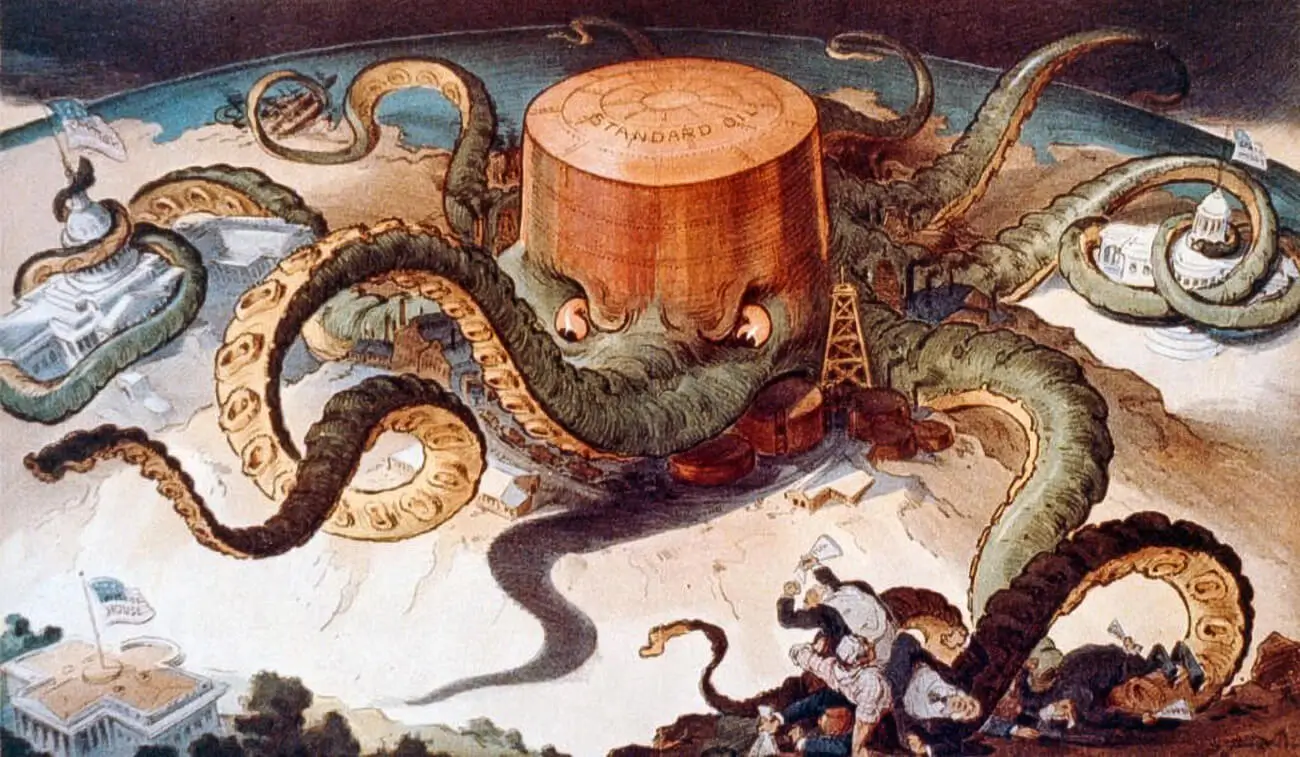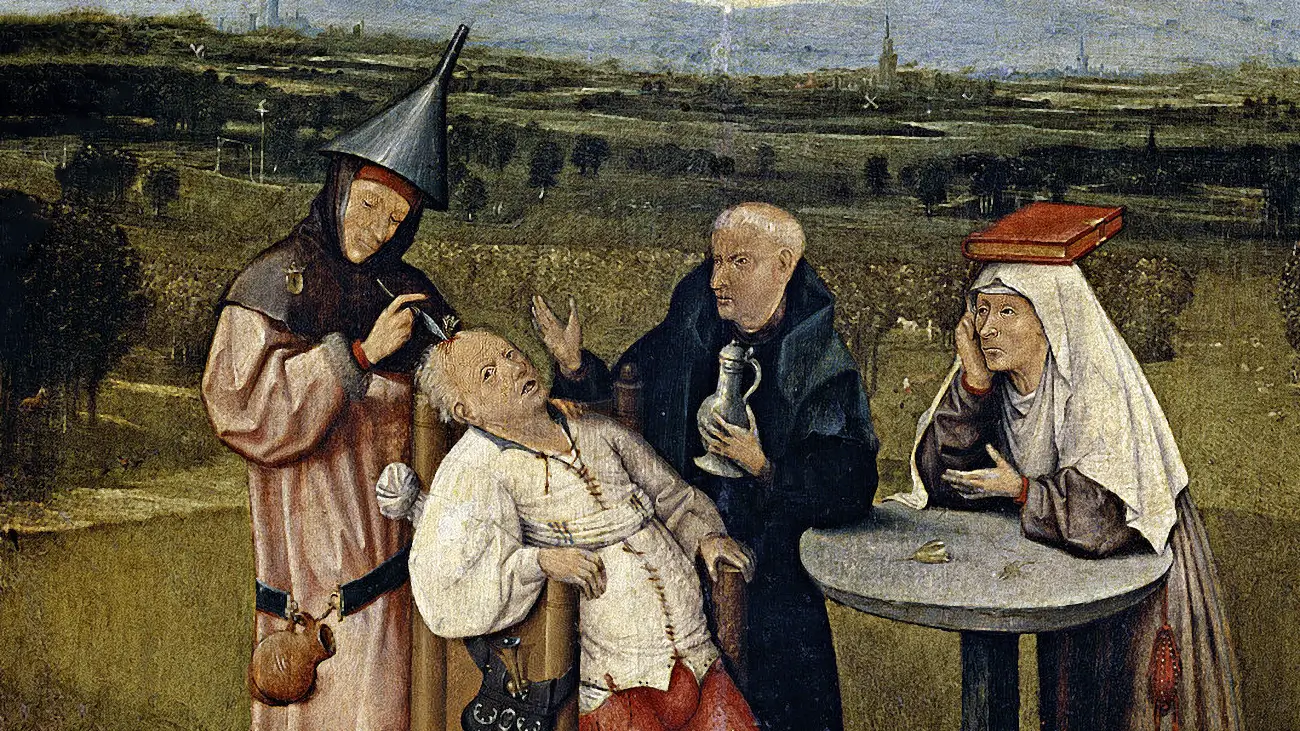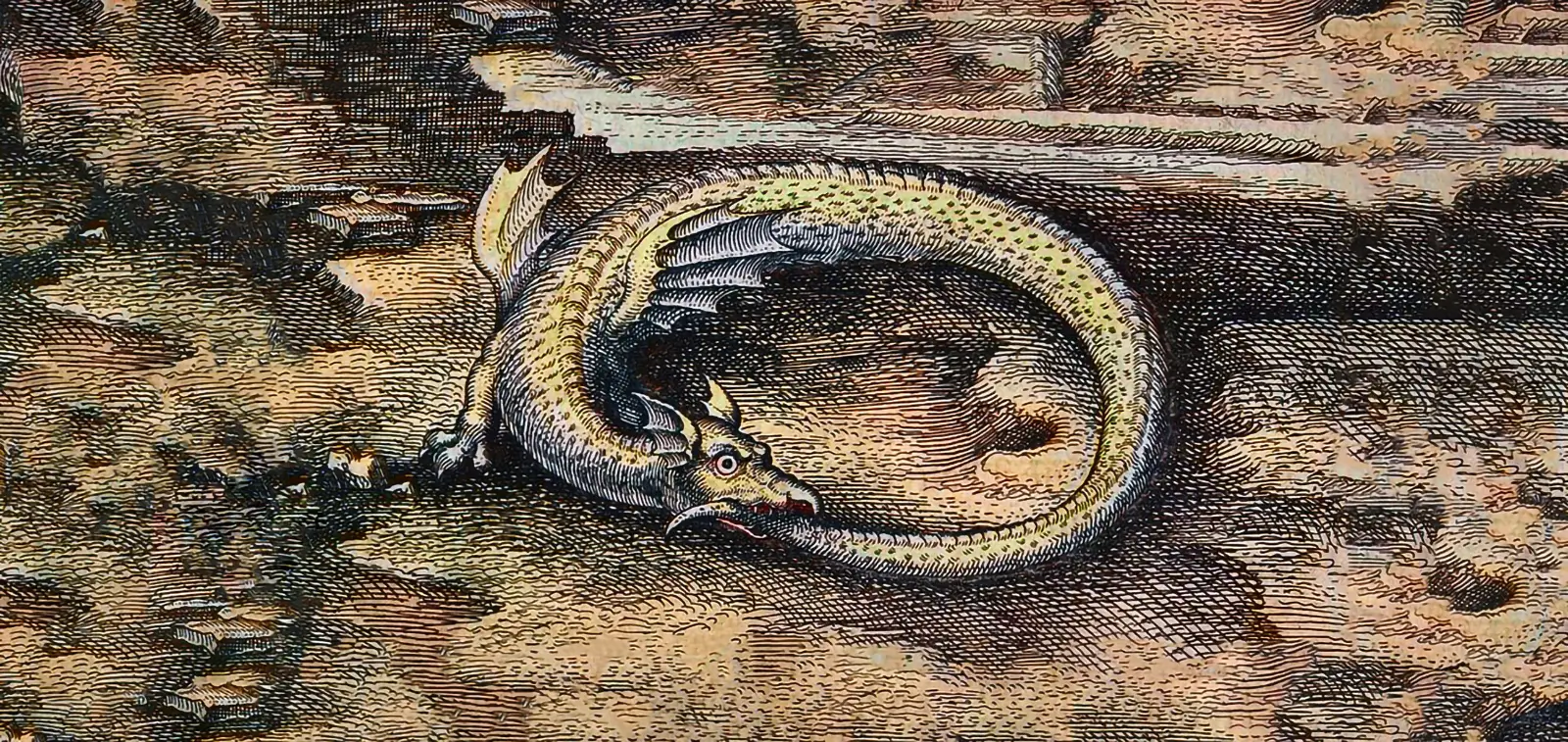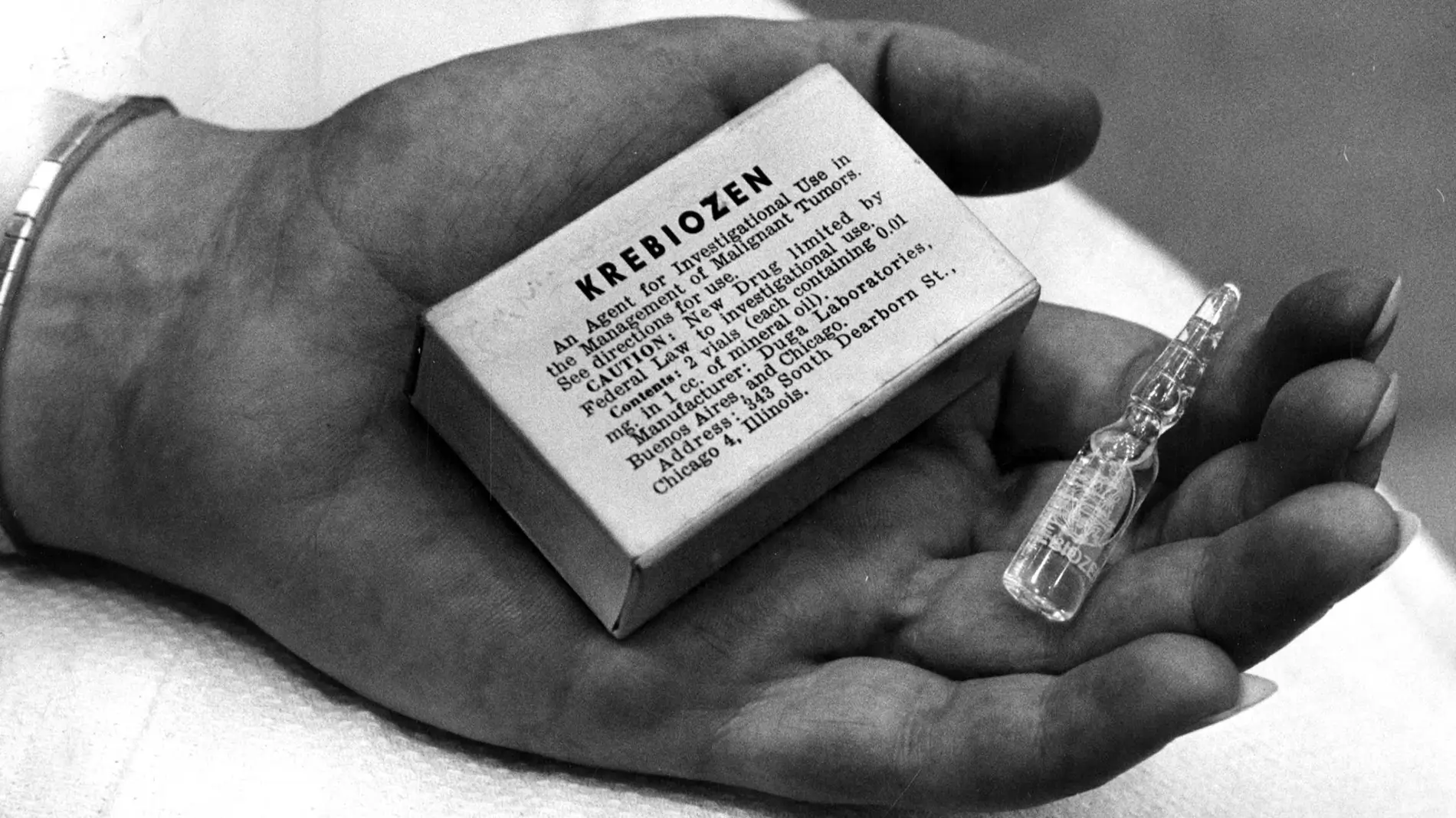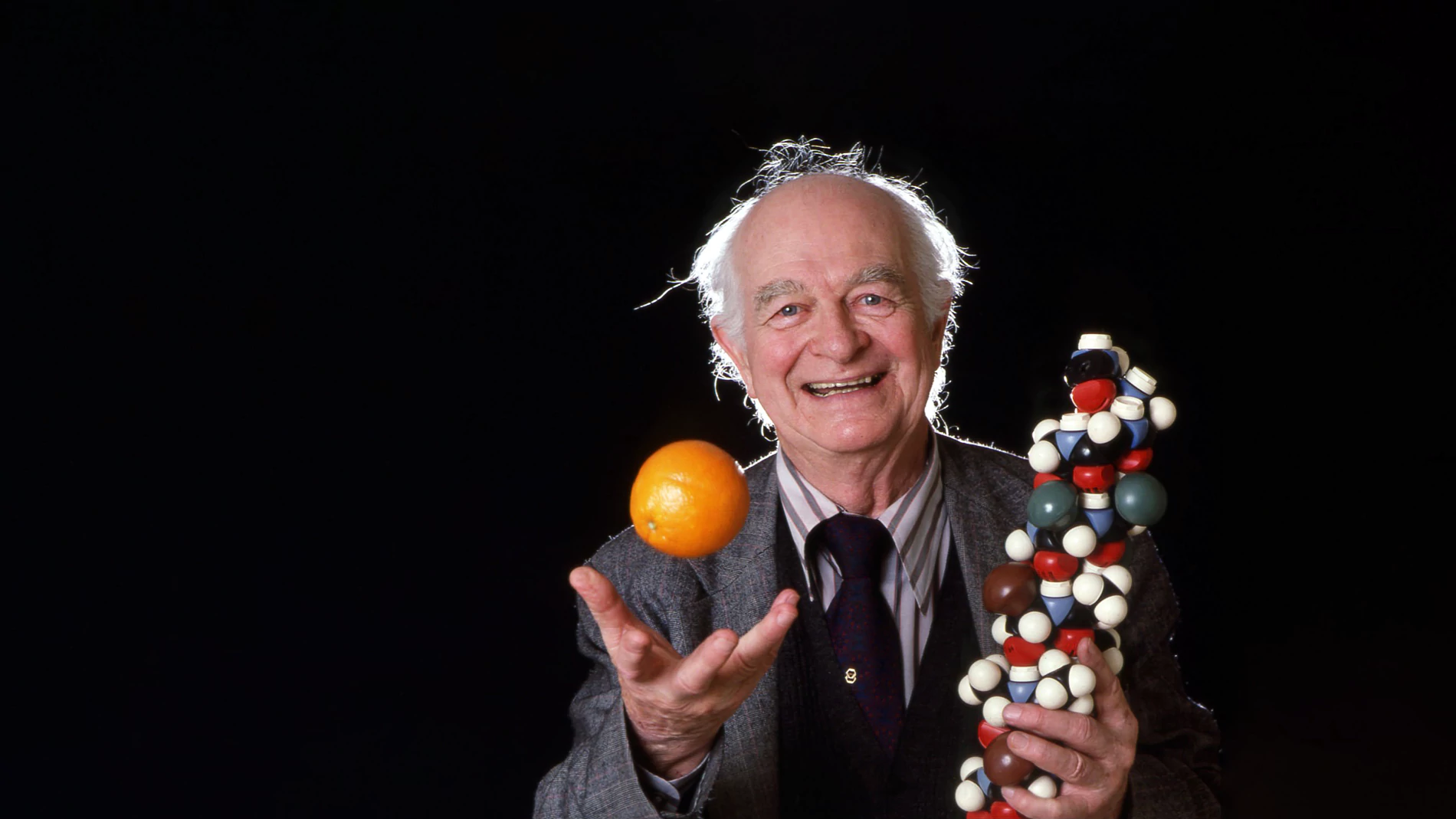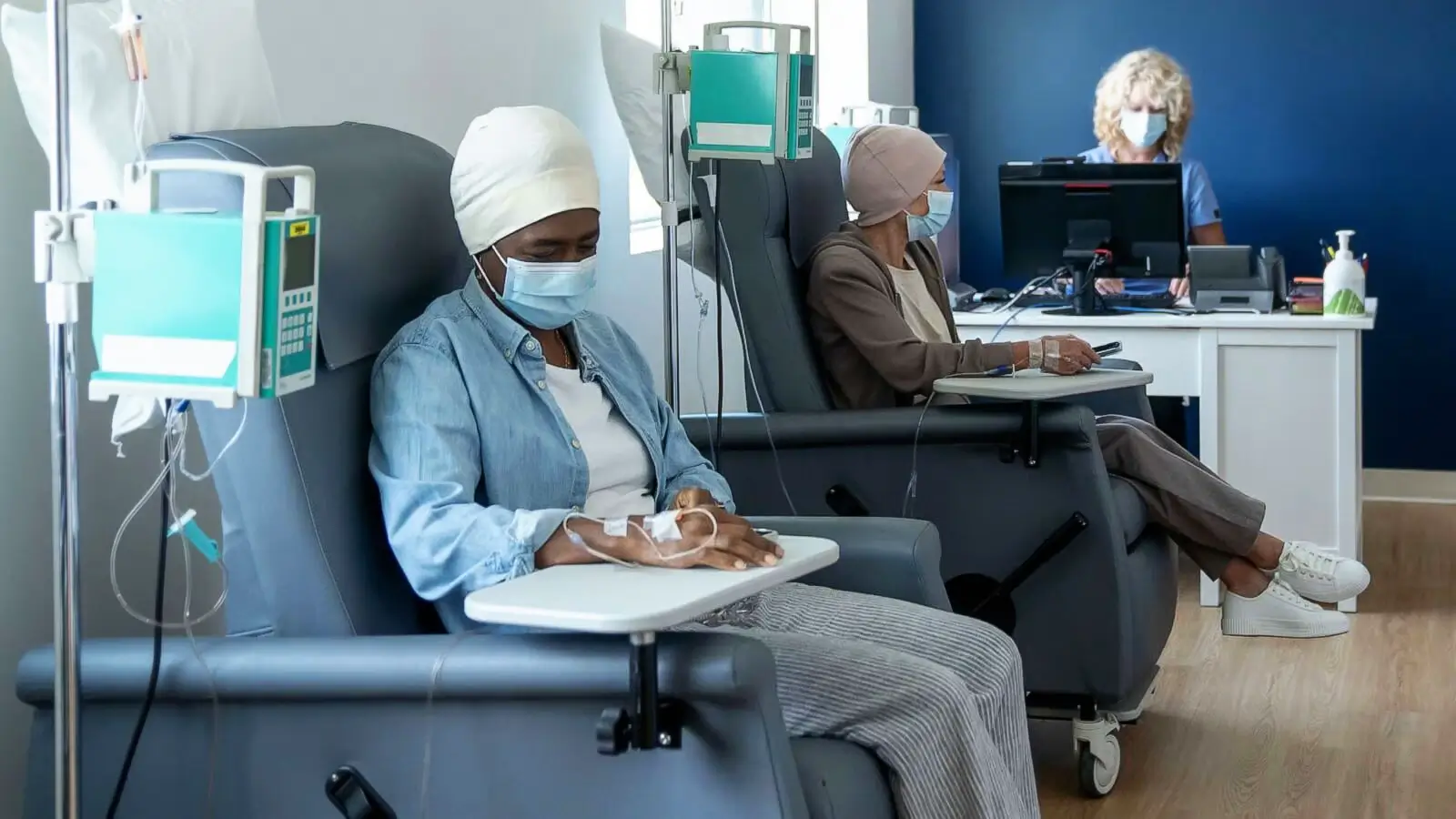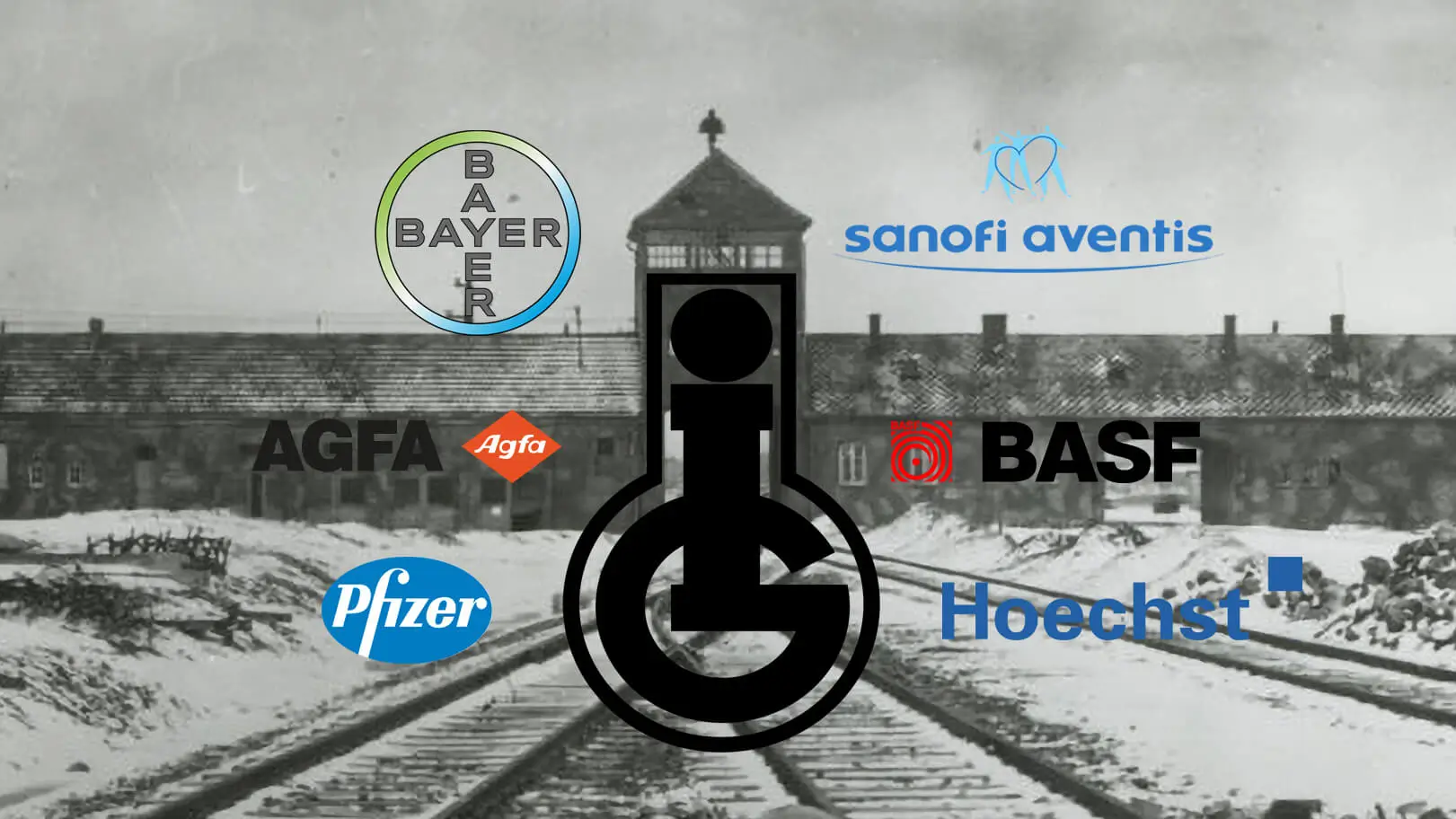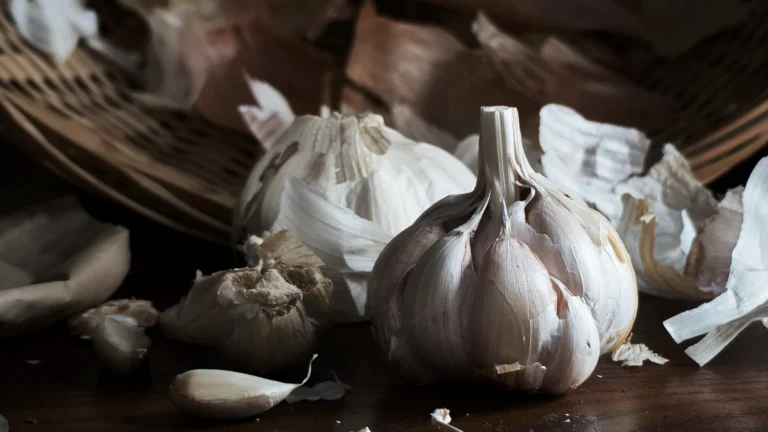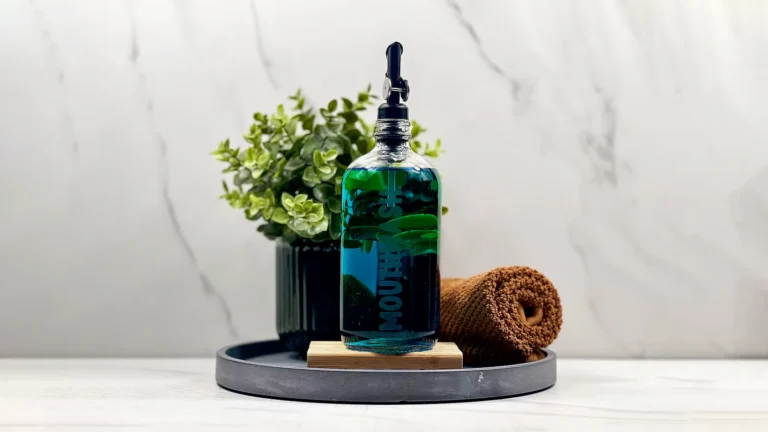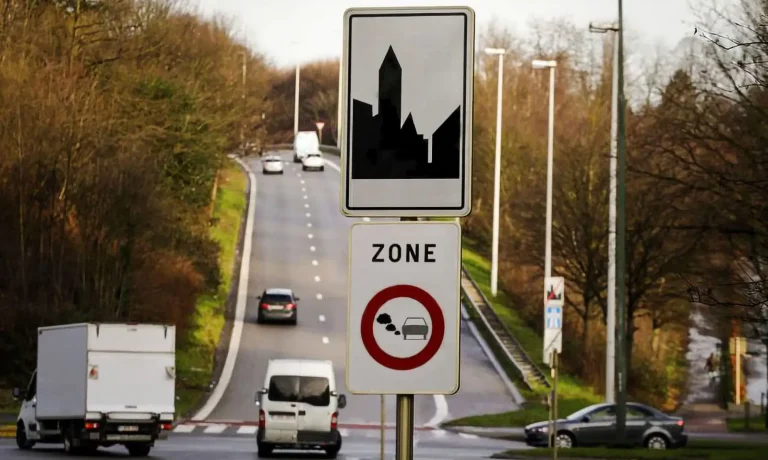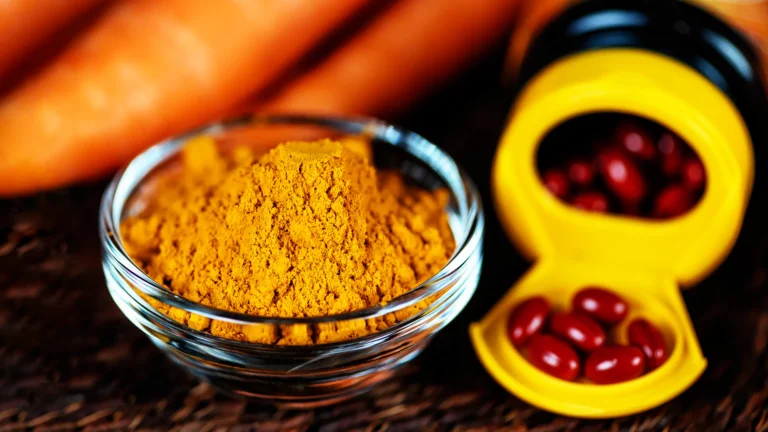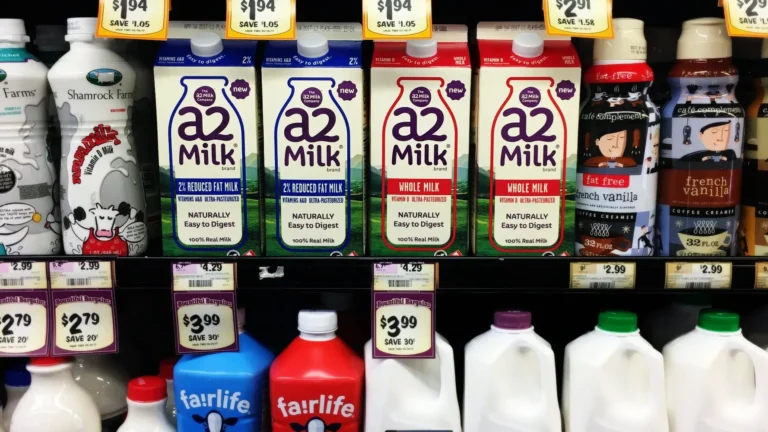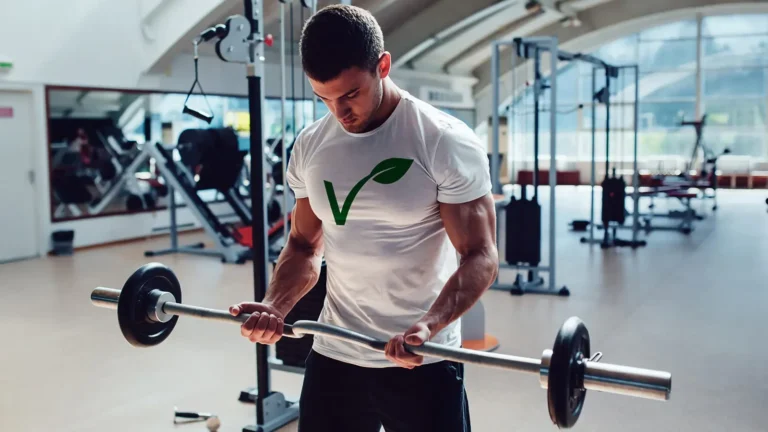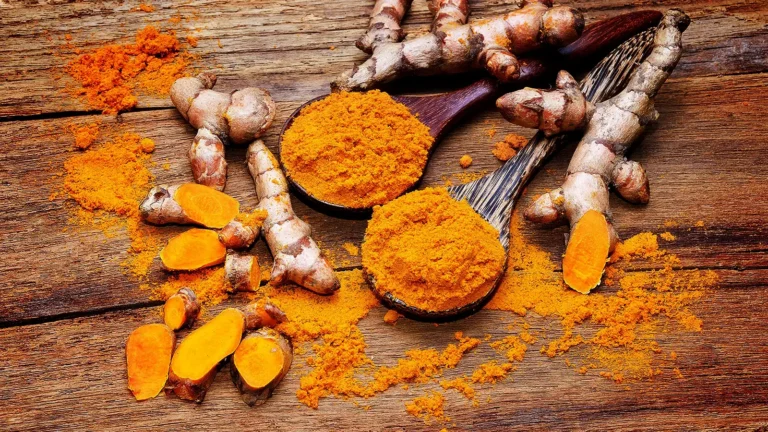Cancer, The Forbidden Cures- ESSIAC
Essiac is cheap. Essiac is non-toxic. Essiac is effective. Essiac cannot be patented.
Milos Pokimica
Written By: Milos Pokimica
Medically Reviewed by: Dr. Xiùying Wáng, M.D.
Updated May 28, 2023Truth is false. That is Orwellian doublespeak. The connections between the pharmaceutical industry, banking cartel elitists that own that industry, medical establishments, and governments have pushed the agenda not just to make more money but to rule the human condition as a whole. Today it has gone so far that is pushed under the umbrella of the UN.
One of the down-to-earth and not so “philosophical” aspects of the agenda is the systematic destruction of the natural healthcare industry, and natural supplement access as a finishing blow in a war on plants that lasts for more than 100 years. And it is not just plants that are a problem because they cannot be patented. It is not about money. It is more than that. Every real cure that destroys the disease in its roots is not something that the industry wants, even if it can be patented. They do not want cures they just want treatments that can prolong life a little. Let us look at real-life examples.
In a small town in Northern Ontario, back in 1922, rumors began circulating of some cancer-curing tea that was originating from the forests of Ontario. The Canadian Ojibwa tribe originally used a mixture. Indians called this mixture the “tea of life.” On a fateful day in 1922 Canadian cancer nurse, Rene Caisse noticed scar tissue on the breast of an elderly English woman.
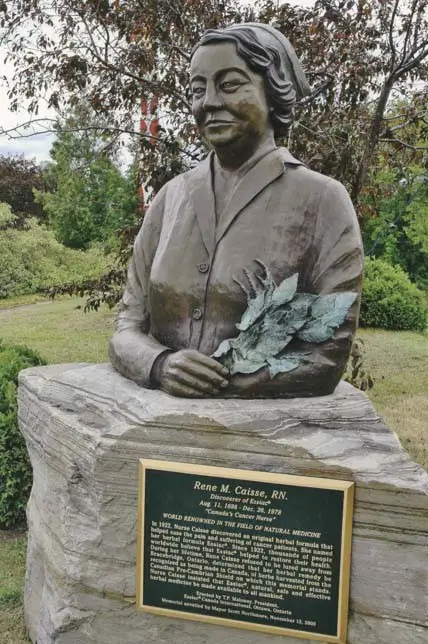
She was diagnosed with breast cancer 30 years before and she cured it naturally without surgery, and that should not be possible, not even today. The woman just did not have the money for it. She met an Indian medicine man who told her that in his tribe’s tradition they are able to cure the disease with some tea.
Well, the woman had nothing to lose. So she tried the tea, and it worked for her. She was still alive 30 years later when nurse Caissie examined her.
She also told the ingredients of the herbal remedy to the nurse. One year after that, nurse Caissie still didn’t do anything about the tea she had her about, but some local doctor in a walk told her that if the world uses some weed they just had walked by there, there will be no more breast cancer. It was one of the weeds in herbal remedy in that Indian medicine man tea.
The “weed” was sheep sorrel.
In 1924 she decided to test the tea on her aunt. Her aunt had nothing to lose because she had cancer of the stomach and conventional medicine at the time was given her about six months to live. She lived for another 21 years, cancer free. Rene Caisse (pronounced “Reen Case”) later gave the tea to her 72-year-old mother who was diagnosed with inoperable cancer of the liver, with only weeks to live. Her own mother healed and lived without cancer for another 18 years. After these events, Nurse Caisse decided to quit the hospital and began curing people with a mixture of herbs that would become known as Essiac which is her last name spelled backward.
Soon the voice spread and the number of patients started to grow. When Dr. Bestida of Bracebridge, Ontario sent Cassie his patient Bert Rosin, she cured him, and dr. Bestida went before the town council and a mayor and persuaded them to give Nurse Caisse the building as a clinic. So they set up the clinic because Cassie made a great discovery and they wanted her to be supported by her own hometown.
She treated for eight and a half years there with patients flocking in from all directions. She treated around six hundred patients a week, and the only way she was allowed to do this was free of charge and she needed to have a doctor’s diagnosis for every case she treated. Now just imagine if we impose the same rules on the cancer industry of today.
However, it was one Dr. Leonardo from Buffalo who had immediately recognized the potential of this cancer cure that warned her of what is going to happen. He was a cancer surgeon, and he asked if he can go to the clinic and examine patients to see for himself. After he had seen for himself, he said to Cassie that she has it (the cure), but the medical profession will never be going to let her do this. After a while of his visit, a small group of mysterious “entrepreneurs” showed up offering Cassie a small sum of one million dollars for the secret formula. At that time one million was a big sum of money. The equivalent of 20 million today. Now we can think of this as a bribe to keep her quiet and go some place warm and nice to retire. What these people would not prepare to guarantee was that her cure would be made available for free or available at all to people that needed it. They just wanted the formula and her to go away. The only reason why we know about this today and you can read about it is because she refused. She was emotional and not pragmatic. She treated people for free in the clinic. Would you have refused such an offer? Who in her right mind would? How many other cures have been suppressed by this form of bribe that we do not know about, and we would never know?
In 1938 her case was called before the legislature to determent the Essiac legal status. She was trying to legalize her treatment. Her patients gathered 55,000 signatures for a petition. A bill was introduced in the Ontario legislature to (allegedly) “authorize Rene Caisse to practice medicine in the Province of Ontario in the treatment of cancer and conditions therein.” Bill failed to pass. Public anger forced the establishment of a Cancer commission to investigate her remedies, but it was all rejected. Rene Caisse treated her patients under the supervision of many doctors. Some of those doctors saw with their own eyes what this tea could do, and eight of them signed a petition to the Department of National Health and Welfare at Ottawa, asking that Nurse Caisse be given facilities to do independent research on her discovery. Initially, Rene was not acquainted with the control that the medical/pharmaceutical industry had over governments. After the petition was delivered, she was continually threatened with arrest until she finally withdrew from public view. She kept on her clinic as long as she could until they stopped the doctors from giving the diagnosis and then she was forced to stop. Patients were still coming and in some cases begging her to treat them, but she was not able to do so without a diagnosis because she would be thrown in jail for a long time. She had a nervous breakdown and closed the clinic.
Essiac was cheap. Essiac is non-toxic. Essiac cannot be patented.
She refused the bribe.
In the normal world, such discovery would be welcomed with open hands and research would be done extensively to see what is the way of cancer suppression. In this world full of corruption stuff like this is labeled as fake and dangerous and in this case, mass media owned by corporations could not demonize Nurse Cassie because she did not charge any money for the treatment. So they just quietly shot down the clinic and labeled it as a fake cancer cure that people should avoid without any research done. At that time, she had a diagnosis from regular doctors. She had pathological findings and living patients in the thousands that were discharged from the regular hospitals and sent home to die. They went to her in the last stages of cancer and lived after the medical profession had given them up. And yet they refused to even acknowledge any benefits of the Essiac tea without even single research done.
To this day The American Cancer Society states that:
“Reviews of medical records of people who have been treated with Essiac do not support claims that this product helps people with cancer live longer or that it relieves their symptoms” and the FDA described Essiac as a “Fake Cancer ‘Cure’ Consumers Should Avoid.”
Cancer Research UK also remarks that:
” There is no scientific evidence that Essiac can help to treat cancer or control its symptoms” and even warns that: “Essiac may interact with some types of cancer treatment, so it is very important to tell your doctor if you are thinking of taking Essiac.”
After she recovered from the breakdown, she started again from scratch brewing the herbal mixture in her own basement and curing a small number of patients. Soon government began harassing her again and having her arrested more than once. But the story broke out, and JFK’s personal physician, Dr. Charles Brusch who was also his close friend and who treated himself with Essiac when he battled cancer sent her an invitation to test Essiac scientifically. Caisse gave some samples of Essiac to Dr. Charles Brusch, who was also the founder of the Brusch Medical Center in Cambridge, Massachusetts, where tests were done. These first scientific tests showed that Essiac is not toxic and did have positive effects a cancer suppression. At that time Dr. Brusch recommended that Essiac should be tested for toxicity in order to be approved by the FDA as a possible cancer treatment.
Once that tea arrived at the Sloan-Kettering Cancer Center process somehow got bogged down. A laboratory at Memorial Sloan-Kettering Cancer Center did test Essiac samples (provided by Caisse) on mice during the 1970s. This study was never formally published. There is controversy regarding the results. There were unexplainable delays, and more delays and processes never got to any conclusion. Sloan-Kettering Cancer Center is supposedly one of the most important cancer research centers in the US. Chester Stock the Co-director of Sloan-Kettering, when interviewed by the news agency, said that the results that he reported showed that there was a very small percentage in the small group of regressions, but they never had the opportunity to confirm this and to see whether they could obtain better results.
So in the end, Essiac was not approved by the FDA. Caisse refused offers by researchers at Memorial Sloan-Kettering and the U.S. National Cancer Institute for access to the recipe. It went so far that patients themselves start to organize for suing the government and FDA on a couple of occasions. They believed that under the constitution they could put in themselves any substance that they want as long as they are no danger to others and that no FDA or anybody else can tell them what they can or cannot use in their own body, so various groups of patients organized and sued FDA for denying them a possible cure.
Court hearings went nowhere, and yes constitutional rights had been denied to them.
Dr. Frederick Banting, the co-discoverer of insulin became interested in Essiac and even offered Nurse Caisse research facilities to test it further, but by this time Rene had already lost her will to fight. The single woman Rene Caisse trusted to help her make Essiac tea was her best friend, Mary McPherson According to Dr. Gary Glum, Mary had promised Rene never to share the recipe with anyone. It was one Dr. Glum that in 1985 purchased the formula for $120,000 from one of Rene’s former patients. Dr. Glum could have kept the formula secret and become very wealthy selling bottles of Essiac. However, he unselfishly released the formula into the public domain in 1988. At first, he offered the formula on a videotape that he advertised in his book, but the feds unlawfully seized the tapes before he could sell very many of them. Dr. Glum gave out the Essiac formula and recipe free of charge to anyone who mailed him a request for the Essiac formula. When Dr. Glum met Mary McPherson in Bracebridge, Ontario, and told her what the Essiac formula was, she was more than a little surprised. According to Dr. Glum, Mary eventually revealed the formula in 1994 because it was no longer a secret, and she wanted to end the controversy over the Essiac formula before she died.
Therefore, on December 23, 1994, the “Essiac” formula & recipe was officially entered into the public domain with the recording of Mary McPherson’s affidavit.
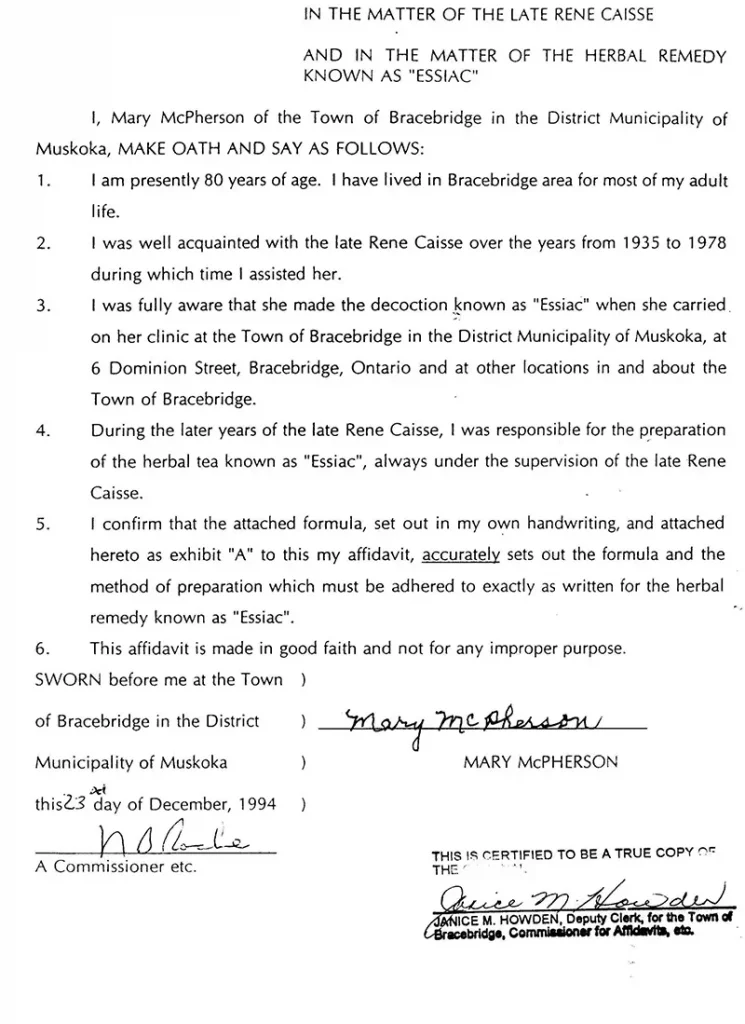
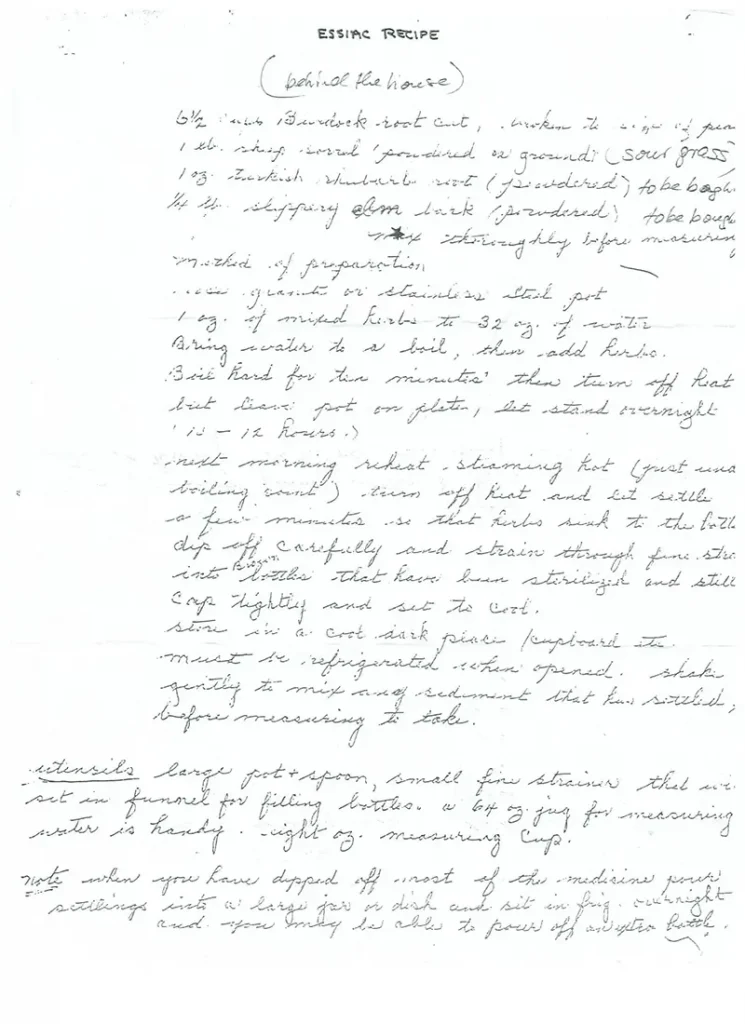
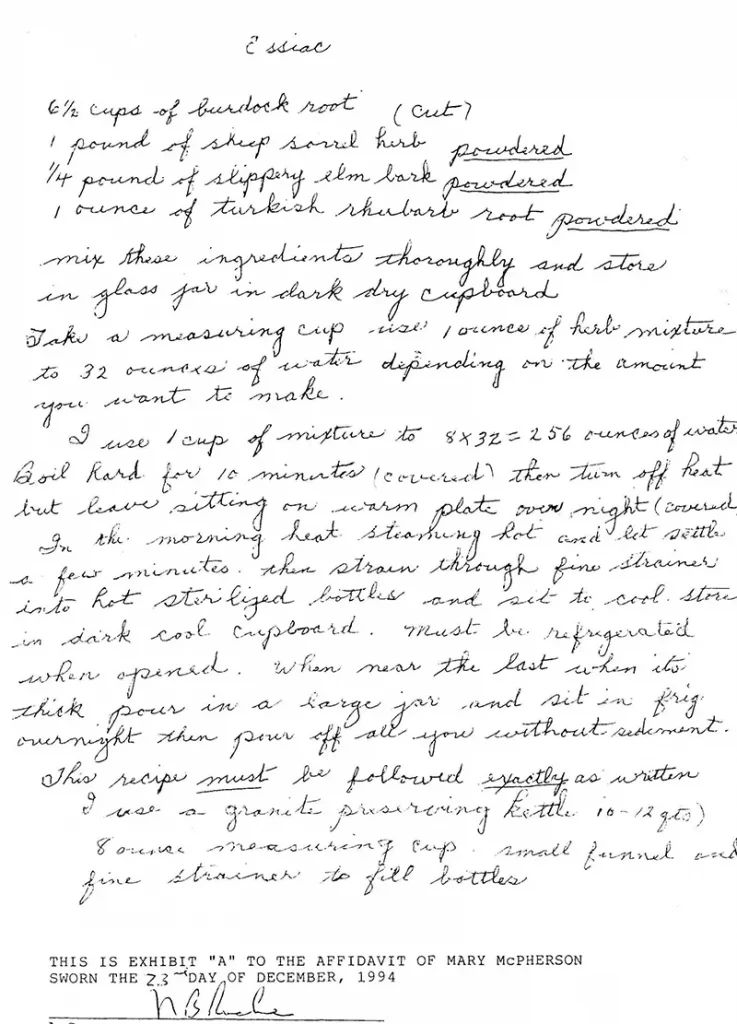
Essiac includes a mixture of different herbs, including sheep sorrel (Rumex acetosella), later proven to be the most potent one. Then also slippery elm inner bark (Ulmus fulva), burdock root (Arctium lappa) and Turkish rhubarb (Rheum palmatum).
Slippery elm is the only Essiac herb native to North America. Turkey rhubarb (Rheum palmatum) is native to China and Tibet, not northern Ontario, so it appears unlikely that it was a part of the original medicine man’s formula of indigenous herbs in the late 1800s. It appears that both burdock and sheep sorrel were brought to this continent from Europe by early settlers who then passed on their knowledge of these two herbs to the local tribes. Burdock and sheep sorrel eventually spread throughout North America where water was sufficient. Rene Caisse indicated that sheep sorrel was one of the original herbs, so it appears that sheep sorrel had migrated to “the wilds of Northern Ontario” before the 1890s. Burdock could have also established itself in Northern Ontario by then. René Caisse felt sheep sorrel was the most active cancer fighter among all the herbs present in her formula. Dr. Chester Stock shared that viewpoint at Sloan-Kettering. Dr. Stock conducted some studies on sheep sorrel benefits for over three years in the mid-seventies.
Herb Volume Weight Form Recipe %
Burdock Root pea-size cut 53%.
Sheep Sorrel powdered at 36%.
Slippery Elm Bark powdered 9%.
Turkey Rhubarb Root powdered 2%.
In 2012, there was one study done in Hungary. The results of a study out of Hungary were published and showed that the Sheep Sorrel herb, and a number of its Sorrel relatives, demonstrated substantial cell growth inhibitory activity (at least 50% inhibition of cell proliferation) against one or more cancerous cell lines.
Score one for the herbalists.
A survey carried out in the year 2000 found approximately 15% of Canadian women with breast cancer to be using Essiac. It has also become popular in people with immune diseases such as HIV and diabetes and as a regular herbal tea as well. Some preventative measures in health-oriented individuals. Research conducted since Caisse’s death provided some insight.
Herbs used in making Essiac possess antioxidant and anti-cancer properties, according to research conducted at the European Institute of Oncology. The findings were reported in the March 2006 issue of the Journal of Ethnopharmacology. Researchers found that four of the herbs in Essiac demonstrated natural powers of protection against cancer.
Finally, a quick search of the PubMed archive can give us a couple of studies like (Ottenweller et al., 2004). They examined cancerous cell line and spleen cells in vitro that had been isolated from mice to examine proliferation responses mediated by the addition of an Essiac. They found a decreased proliferation of both noncancerous transformed and cancerous prostate cell line when Essiac was present in the culture media which means that tea stopped all cells from dividing, but the percent inhibition of the cancer cells was higher than the percent inhibition of the regular cells implying that Essiac may have an additional selective effect on cancer cells. On top of that, the effects of Essiac were measured in an immune T-lymphocyte proliferation assay. At low doses of Essiac, an increase in the proliferation of these T cells was demonstrated, but at higher doses, Essiac was inhibitory to T-cell proliferation. This means that Essiac s may be able to inhibit tumor cell growth while enhancing the immune response. This may be particularly important in immune-suppressed individuals. Like in HIV.
In this study(Seely et al., 2007). Essiac exhibited significant antioxidant activity, exhibited significant immunomodulatory effects, specifically through stimulation of granulocyte phagocytosis and moderately inhibiting inflammatory pathways. Essiac exhibited significant cell-specific cytotoxicity towards ovarian epithelial carcinoma cells (meaning it kills cancer). They concluded that this study was the first comprehensive investigation of the in vitro effects of Essiac and that in vitro analysis of Essiac indicates significant antioxidant and immunomodulatory properties, as well as neoplastic cell (a cell that is part of tumor) specific cytotoxicity (specific to killing only cancer cell) which is consistent with the historical properties ascribed to this compound. There are also other studies that did not find anything and even one study that finds an increased risk of breast cancer (Kulp et al., 2006).
So again we have conflicting science. Hundred years since the Essiac first appeared we still do not have a clear picture. In a world where supposedly there are hundreds of millions of dollars of cancer research spending annually (the reason why all of these cancer drugs supposedly cost so much) somehow it is hard to do a simple tea examination and research. Or any other examination for “alternative” cures for that matter.
The FDA response is that the reason why they do not test these is that they do not want to give quacks credibility. And they are lying. They do not want to give the “alternatives” any chance to prove their efficacy because they are not there to protect you or heal you.
They are there to protect Rockefeller’s big pharma business. There are many cases to be cited concerning congressional investigations I just used Essiac as one example. If you want you can go and read 1963 hearings of Senator Paul Douglas of Illinois on Krebiozen.
References:
- Ottenweller, J., Putt, K., Blumenthal, E. J., Dhawale, S., & Dhawale, S. W. (2004). Inhibition of prostate cancer-cell proliferation by Essiac. Journal of alternative and complementary medicine (New York, N.Y.), 10(4), 687–691. https://doi.org/10.1089/acm.2004.10.687
- Seely, D., Kennedy, D. A., Myers, S. P., Cheras, P. A., Lin, D., Li, R., Cattley, T., Brent, P. A., Mills, E., & Leonard, B. J. (2007). In vitro analysis of the herbal compound Essiac. Anticancer research, 27(6B), 3875–3882. [PubMed]
- Kulp, K. S., Montgomery, J. L., Nelson, D. O., Cutter, B., Latham, E. R., Shattuck, D. L., Klotz, D. M., & Bennett, L. M. (2006). Essiac and Flor-Essence herbal tonics stimulate the in vitro growth of human breast cancer cells. Breast cancer research and treatment, 98(3), 249–259. https://doi.org/10.1007/s10549-005-9156-x
Related Posts
Do you have any questions about nutrition and health?
I would love to hear from you and answer them in my next post. I appreciate your input and opinion and I look forward to hearing from you soon. I also invite you to follow us on Facebook, Instagram, and Pinterest for more diet, nutrition, and health content. You can leave a comment there and connect with other health enthusiasts, share your tips and experiences, and get support and encouragement from our team and community.
I hope that this post was informative and enjoyable for you and that you are prepared to apply the insights you learned. If you found this post helpful, please share it with your friends and family who might also benefit from it. You never know who might need some guidance and support on their health journey.
– You Might Also Like –

Learn About Nutrition
Milos Pokimica is a doctor of natural medicine, clinical nutritionist, medical health and nutrition writer, and nutritional science advisor. Author of the book series Go Vegan? Review of Science, he also operates the natural health website GoVeganWay.com
Medical Disclaimer
GoVeganWay.com brings you reviews of the latest nutrition and health-related research. The information provided represents the personal opinion of the author and is not intended nor implied to be a substitute for professional medical advice, diagnosis, or treatment. The information provided is for informational purposes only and is not intended to serve as a substitute for the consultation, diagnosis, and/or medical treatment of a qualified physician or healthcare provider.NEVER DISREGARD PROFESSIONAL MEDICAL ADVICE OR DELAY SEEKING MEDICAL TREATMENT BECAUSE OF SOMETHING YOU HAVE READ ON OR ACCESSED THROUGH GoVeganWay.com
NEVER APPLY ANY LIFESTYLE CHANGES OR ANY CHANGES AT ALL AS A CONSEQUENCE OF SOMETHING YOU HAVE READ IN GoVeganWay.com BEFORE CONSULTING LICENCED MEDICAL PRACTITIONER.
In the event of a medical emergency, call a doctor or 911 immediately. GoVeganWay.com does not recommend or endorse any specific groups, organizations, tests, physicians, products, procedures, opinions, or other information that may be mentioned inside.
Editor Picks –
Milos Pokimica is a health and nutrition writer and nutritional science advisor. Author of the book series Go Vegan? Review of Science, he also operates the natural health website GoVeganWay.com
Latest Articles –
Top Health News — ScienceDaily
- MIT scientists strip cancer of its sugar shieldon December 23, 2025
Scientists at MIT and Stanford have unveiled a promising new way to help the immune system recognize and attack cancer cells more effectively. Their strategy targets a hidden “off switch” that tumors use to stay invisible to immune defenses—special sugar molecules on the cancer cell surface that suppress immune activity. Early tests show it can supercharge immune responses and outperform current antibody therapies.
- Scientists find a weak spot in deadly fungus that shut down hospital intensive care unitson December 23, 2025
A deadly hospital fungus that resists nearly every antifungal drug may have an unexpected weakness. Researchers discovered that Candida auris activates specific genes during infection to hunt for nutrients it needs to survive. This insight came from a new living-host model that allowed scientists to watch the fungus in action. The findings could eventually lead to new treatments or allow current drugs to be repurposed.
- This ultra-sensitive imaging system can spot cancer earlieron December 23, 2025
A new imaging technology can distinguish cancerous tissue from healthy cells by detecting ultra-weak light signals. It relies on nanoparticles that bind to tumor markers, making cancerous areas easier to identify. The system is far more sensitive than existing tools and could speed up cancer screening. Scientists believe it may help detect tumors earlier and reduce delays in diagnosis.
- Hidden brain maps that make empathy feel physicalon December 23, 2025
When we watch someone move, get injured, or express emotion, our brain doesn’t just see it—it partially feels it. Researchers found eight body-like maps in the visual cortex that organize what we see in the same way the brain organizes touch. These maps help us instantly understand actions, emotions, and intentions in others. The discovery sheds light on human empathy and opens doors for new brain-based therapies and AI systems that better understand the body.
- Are they really listening? Watch their blinkson December 23, 2025
Your eyes may reveal when your brain is working overtime. Researchers found that people blink less when trying to understand speech in noisy environments, especially during the most important moments. The effect stayed the same in bright or dark rooms, showing it’s driven by mental effort, not light. Blinking, it turns out, is a quiet marker of focused listening.
- This cancer-fighting molecule took 50 years to buildon December 22, 2025
MIT scientists have achieved the first-ever lab synthesis of verticillin A, a complex fungal compound discovered in 1970. Its delicate structure stalled chemists for decades, despite differing from related molecules by only two atoms. With the synthesis finally complete, researchers created new variants that showed strong activity against a rare pediatric brain cancer. The breakthrough could unlock an entire class of previously unreachable cancer-fighting molecules.
- A new drug could stop Alzheimer’s before memory loss beginson December 22, 2025
New research suggests Alzheimer’s may start far earlier than previously thought, driven by a hidden toxic protein in the brain. Scientists found that an experimental drug, NU-9, blocks this early damage in mice and reduces inflammation linked to disease progression. The treatment was given before symptoms appeared, targeting the disease at its earliest stage. Researchers say this approach could reshape how Alzheimer’s is prevented and treated.
PubMed, #vegan-diet –
- Comparing diet-related attitudes, perceptions, and behaviors of vegan and omnivorous adults: results from a cross-sectional survey study in Germanyon December 22, 2025
CONCLUSION: The findings are consistent with and build on existing research on cognitive and behavioral patterns related to a vegan diet, while at the same time yielding some additional insights. In particular, the results on significant differences in the risk-benefit perception of a vegan diet, as well as on motivations and influences regarding the decision to follow a vegan diet provide an important basis for the development of public health interventions and a foundation for further […]
- Assessment of vitamin A, vitamin B2, vitamin B12, vitamin K, folate, and choline status following 4 months of multinutrient supplementation in healthy vegans: a randomised,…on December 19, 2025
CONCLUSION: A multinutrient supplement containing 82 µg of vitamin B(12) per day significantly positively affected vitamin B(12) blood biomarkers in healthy vegans.
- Exploring the synergistic potential of pH and ultrasonication on the functional properties of pea and lentil protein isolates and its formulation in food producton December 15, 2025
The substitution of meat proteins with plant-based proteins from various sources is often motivated by nutritional considerations. However, the inherent limited solubility of plant proteins, which results in suboptimal techno-functional properties, remains a persistent challenge in food formulation. The purpose of this study was to utilize unique properties of pea (Pisum sativum L.) and lentil (Lens culinaris) through ultrasonication and pH variation in order to develop a stable and […]
- Healthful and Unhealthful Plant-Based Diets and Their Association with Cardiometabolic Targets in Women Diagnosed with Breast Cancer: A Cross-Sectional Analysis of a Lifestyle Trialon December 11, 2025
CONCLUSIONS: Maintaining cardiometabolic risk factors within normal ranges is clinically relevant in BCS, and this may be more likely when a plant-based diet is consumed, especially if low in unhealthy plant foods.
- Functional and Nutritional Properties of Lion’s Mane Mushrooms in Oat-Based Desserts for Dysphagia and Healthy Ageingon December 11, 2025
Hericium erinaceus (Lion’s Mane mushroom) is a medicinal species recognised for its neuroprotective and antioxidant properties. This study investigated its potential as a functional ingredient in oat milk-based desserts formulated for individuals with dysphagia. Freeze-dried Lion’s Mane powder (LMP), containing high-quality protein (~16%, amino acid score 88%), dietary fibre (~31%), and phenolic compounds (72.15 mg GAE/g), was incorporated at varying levels using gelatin or iota-carrageenan […]
Random Posts –
Featured Posts –
Latest from PubMed, #plant-based diet –
- Patient-Reported Observance of a Mediterranean Diet and Physical Activity in Patients Living with Breast Cancer: Implications for Primary Care Providersby Lydia Hesseltine on December 23, 2025
CONCLUSION: The majority of patients living with breast cancer did not meet the minimal national recommendations. These findings underscore the need for further research to develop strategies to optimize nutrition and physical activity within oncology and primary care settings.
- Associations Between Healthy and Plant-Based Dietary Patterns and Cognitive Reserve: A Cross-Sectional Analysis of the 1946 British Birth Cohortby Kelly C Cara on December 23, 2025
CONCLUSIONS: CR was positively associated with healthy dietary patterns and inversely associated with unhealthful plant-based dietary patterns. Diet uniquely explained variations in CR and should be considered among influential lifestyle factors in future research. Longitudinal analyses are needed to confirm these findings.
- Developing Topicsby Changzheng Yuan on December 23, 2025
CONCLUSION: A 26-week MIND diet intervention improved diet quality and cognitive function in mild stroke patients. These findings support the feasibility and potential benefit of dietary strategies for cognitive health in stroke survivors and provide preliminary evidence supporting the need for future large-scale trials.
- Dietary Hydrilla verticillata extract enhances growth and immune defense against Aeromonas hydrophila in Labeo rohitaby Faiza Khanam on December 23, 2025
This study investigated the effects of dietary Hydrilla verticillata extract (HVE) on growth performance, physiological responses, and disease resistance in Labeo rohita fingerlings subjected to Aeromonas hydrophila challenge. Following acclimatization, the fish were divided into 15 tanks at random (30 fish per tank) and given five different diets that contained 0, 75, 150, 300, or 600 mg/kg HVE for 60 days. Growth was significantly (P
- Public Healthby Diandra N Denier-Fields on December 23, 2025
CONCLUSION: MIND diet-associated plasma metabolite groups correlate with plasma biomarkers of AD and neurodegeneration. These groups of metabolites include essential amino acids, omega-3 fatty acids, plant and gut microbe-derived metabolites, and sphingolipids. These findings highlight the potential importance of dietary interventions in modulating metabolic pathways linked to dementia biomarkers.
- Public Healthby Samantha Ramachandra on December 23, 2025
CONCLUSION: In conclusion, the review emphasizes the importance of personalized dietary strategies tailored to an individual’s gut microbiota composition as a promising approach for preserving cognitive health and preventing neurodegenerative diseases, warranting further research in this area.
